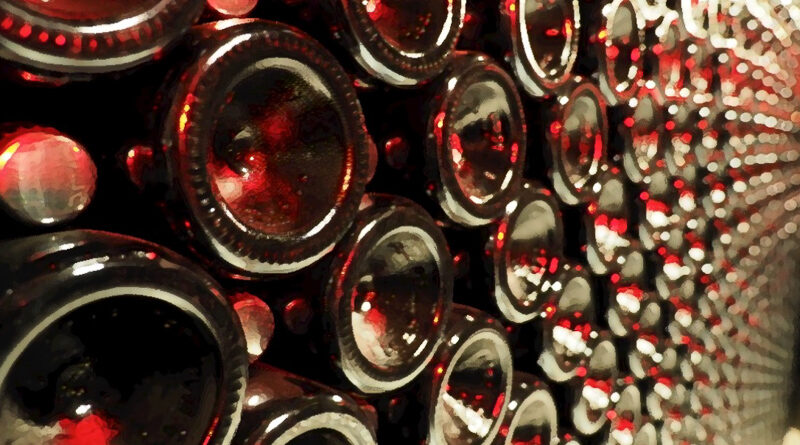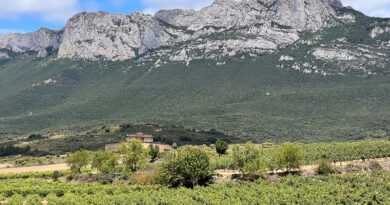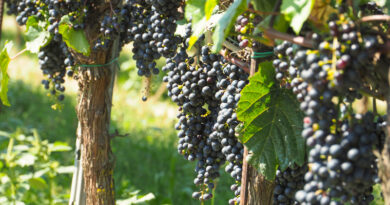DTC will change the wine industry… up to a point
In wine marketing circles DTC is currently a hot topic. It stands for Direct to Consumer, and the idea is that wineries can maximize their revenue by cutting out the ‘middle man’ and selling directly to customers, developing a relationship with them so that they become loyal and repeat purchasers.
There’s nothing all that new about this: many wineries already sell directly, through their cellar doors, and to mailing lists. It’s a nice way to work: people come to visit you and buy their wines directly. You don’t lose margin, getting full retail price for your wine.
These customers may then also keep buying from you remotely, through your website. Or you might be lucky enough as a winery to be well known enough that people sign up to your mailing list. Some wineries sell their entire production through a mailing list, and have a waiting list of people willing to join when someone else drops out. This would be a dream for many.
Most wine is still sold through intermediaries, though. Typically this will mean selling to an agent, who then sells the wine into restaurants or shops, which means two margins are added to the selling price. This impacts profitability significantly. It wouldn’t be unusual for a winery to recoup just 40% of what they’d get selling directly selling wine into the trade, although this really depends on the specifics of each market.
Now, with the internet and CRM (customer relationship management) tools, the prospect of DTC is an attractive one. But there are significant hurdles for many wineries.
What about direct wine merchants? Are they DTC? Back in the 1980s, mail-order merchants such as Laithwaites claimed to ‘cut out the middle man’ by doing direct imports and selling on an exclusive basis, and they are joined in the internet age by the likes of Naked Wines. But this isn’t wineries selling directly to consumers; and these businesses work by specializing in private label high-margin wines.
- There is the issue of skill sets. Selling directly through the internet requires that the winery has someone with significant technical expertise (or pays someone with this ability) to establish and maintain an ecommerce site with all the legal and cybersecurity considerations dealt with. These are not insignificant.
- We are dealing with alcohol here. Depending on the country, it is a potential legal minefield, and the regulations can make it very difficult to send wine to many potential customers. It makes sending wine abroad problematic, and this limits DTC in many cases to domestic sales.
- Wine is heavy and fragile and shipping it can be very expensive. Customers don’t like paying shipping charges, so often the winery has to subsidise these, taking out some margin.
- The ‘middlemen’ actually do an important job, when they do it well. They give you a route to customers that you might find expensive and difficult to achieve without them. If you are sending your wine to another country, a good agent can make a huge difference to your success, because they know the market. Unless you are a well known and famous winery, cut them out at your peril.
- It’s hard to manage a hybrid model of selling wine DTC while also using agents. You end up competing with the people who they are trying to sell your wine to: the retailers and restaurants.
- If you switch to selling all your wine DTC you are effectively giving up on the restaurant market. Think carefully before doing this.
- You might save a couple of margins going DTC, but then you face the challenge of customer acquisition and then the retention of these customers. The CAC (customer acquisition cost) is quite significant. Wineries with a physical presence in a well-visited wine region have a great advantage here, but underestimate CAC at your peril. There are lots of potential customers out there, but how do you find them?
- Brand building is an important aspect of selling directly. But remember another advantage of the traditional route is that your wines end up on shop shelves and restaurant lists, where their physical presence is a brand building opportunity.
- The structure of the wine industry doesn’t suit DTC. To do DTC well (with the exception of a cellar door operation, which is different), you need economies of scale. The expensive stuff is often scaleable, and so big wineries have an advantage here. But the wine industry mostly consists of small operations: consider that Washington State alone has over 700 wineries, and Australia has something like 2500, and California has 3700. France has 27 000.
- At the bottom end of the market, the large retailers have sewn things up. It’s a mess for producers, because the prices are very low, and it’s very hard to have a brand that has any traction and that allows you to sell profitably when there is so much cheap and reasonably tasty wine on offer. What can you offer the consumer who is buying cheap wine from multiple grocers and discounters?
- At the top end, the problem is that many wine drinkers are promiscuous. They don’t want to drink just one wine all the time. The diversity of wine on offer is amazing, and this is part of the appeal for many. Bear in mind your potential customer lifetime value when looking at your CAC.
- What about direct wine merchants? Are they DTC? Back in the 1980s, mail-order merchants such as Laithwaites claimed to ‘cut out the middle man’ by doing direct imports and selling on an exclusive basis, and they are joined in the internet age by the likes of Naked Wines. But this isn’t wineries selling directly to consumers; and these businesses work by specializing in private label high-margin wines. There’s a margin less here, but if we are to consider these sorts of businesses as DTC, then many supermarkets whose ranges are dominated by private label wines and who sell online could be considered DTC too.
So who will DTC really work for in wine? Three groups of wine producers. First, wineries who have a cellar door which then allows them to sell directly, and also sell domestically to people who’ve heard of them. For them, the CAC cost is that involved in running a cellar door. Secondly, small high-end wineries who are famous enough to sell via mailing list to customers in either the same country, or countries where cross-border shipping isn’t problematic. And third, large wineries who can afford the significant costs of doing DTC well, which include the cost of hiring specialist staff or contracting business partners to help them with the complexities.




